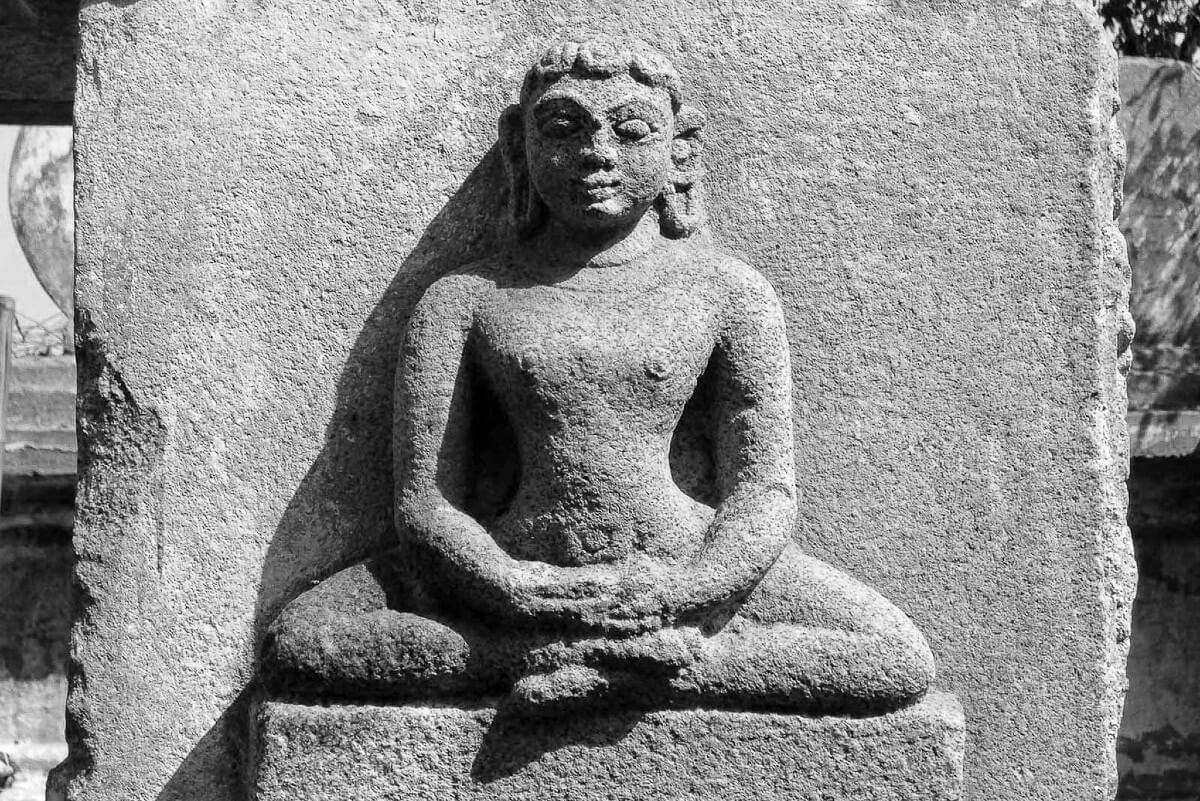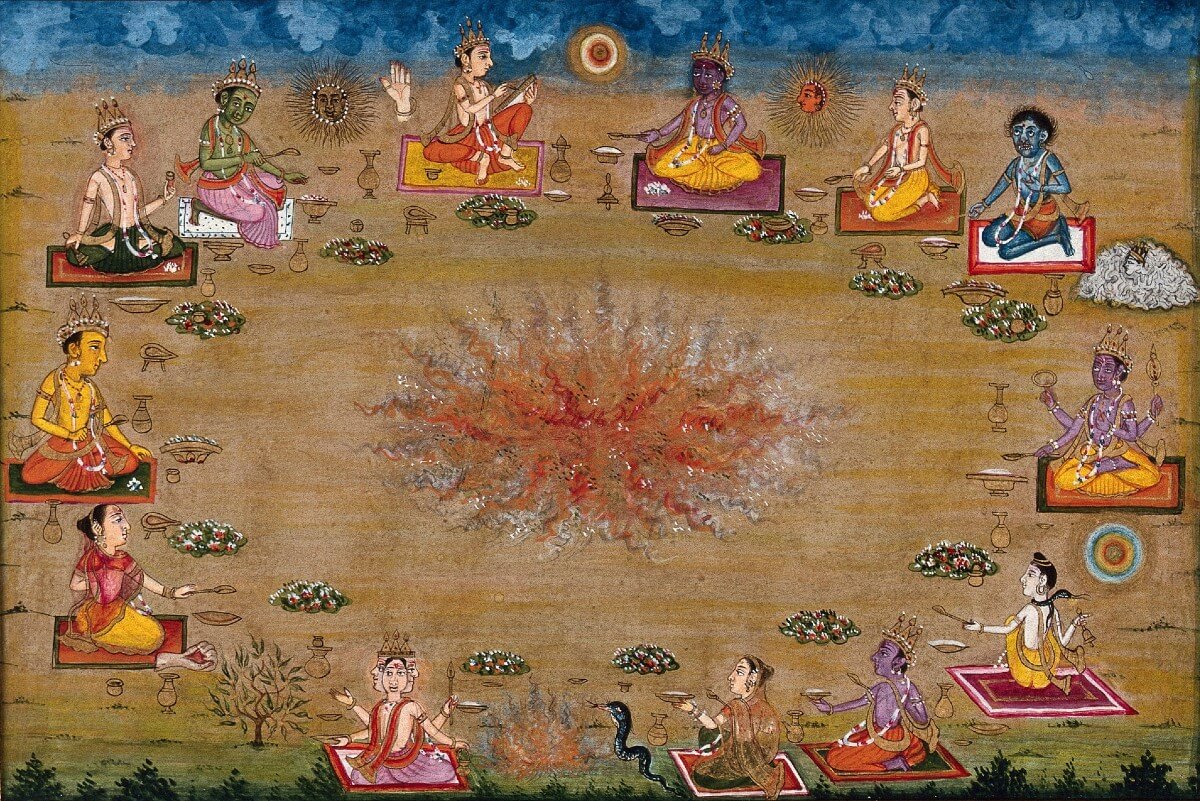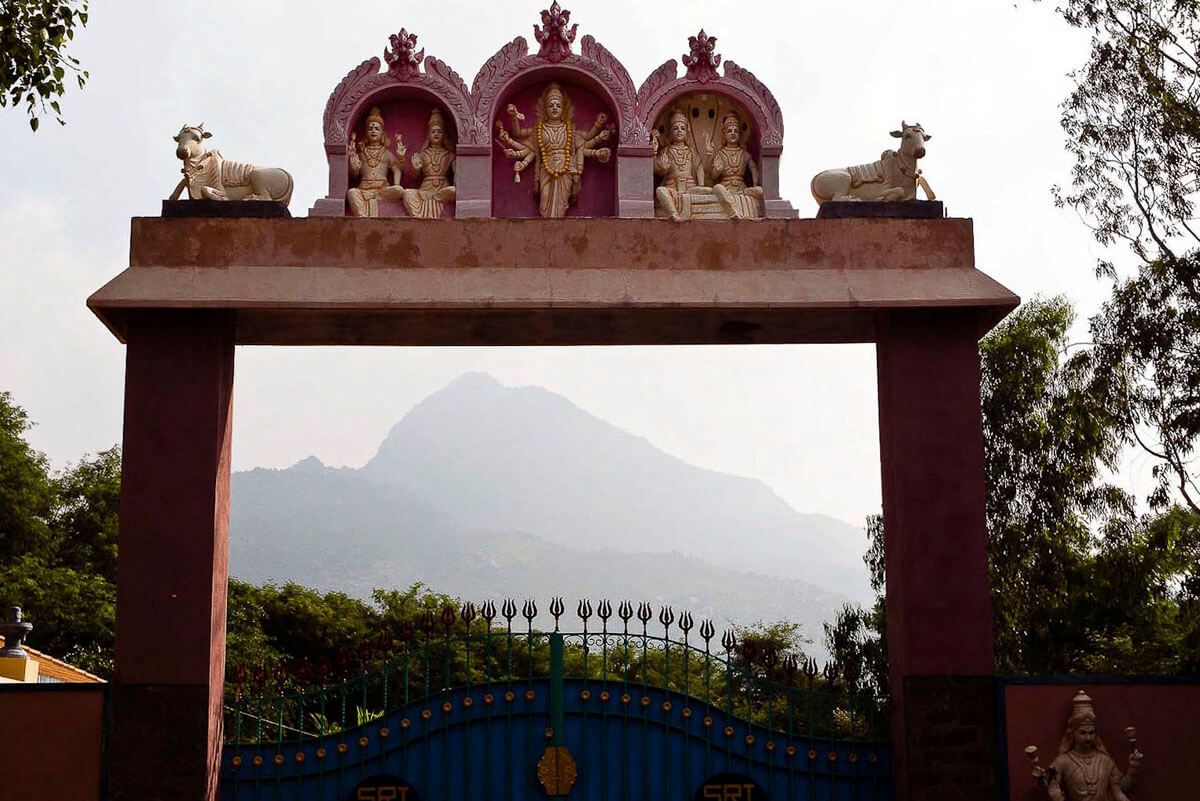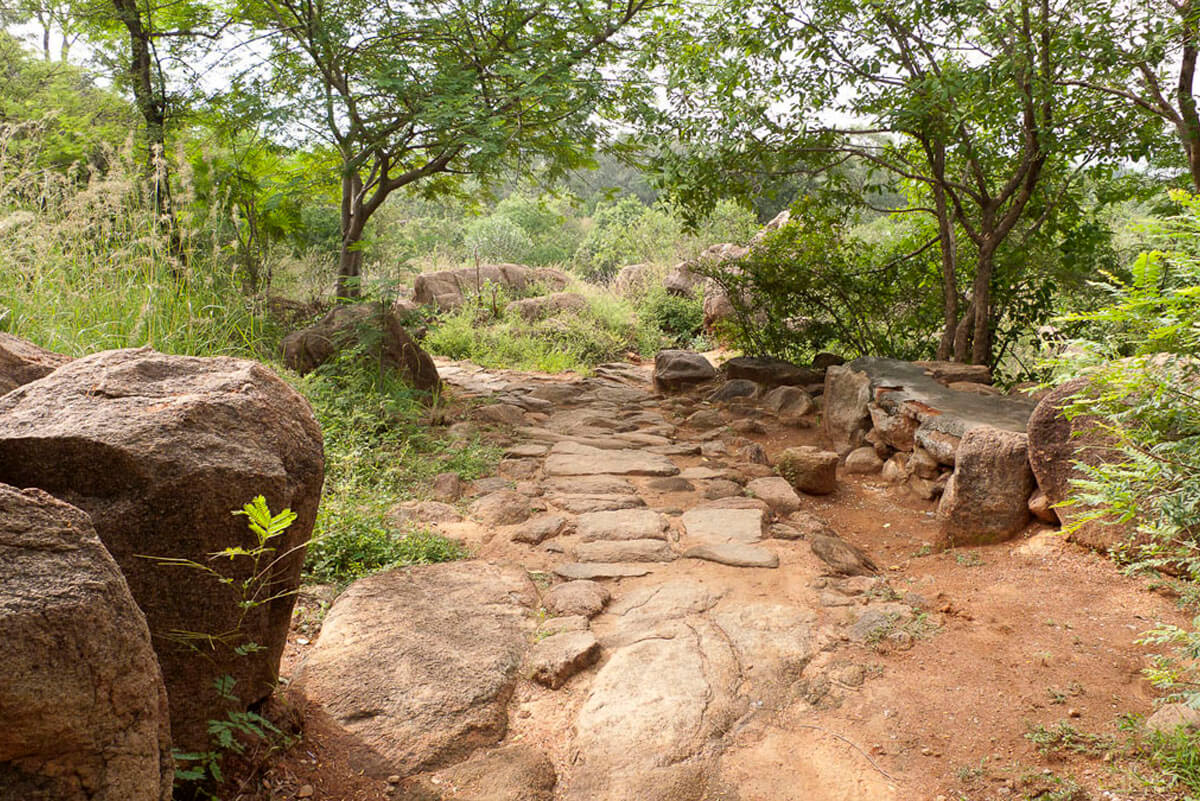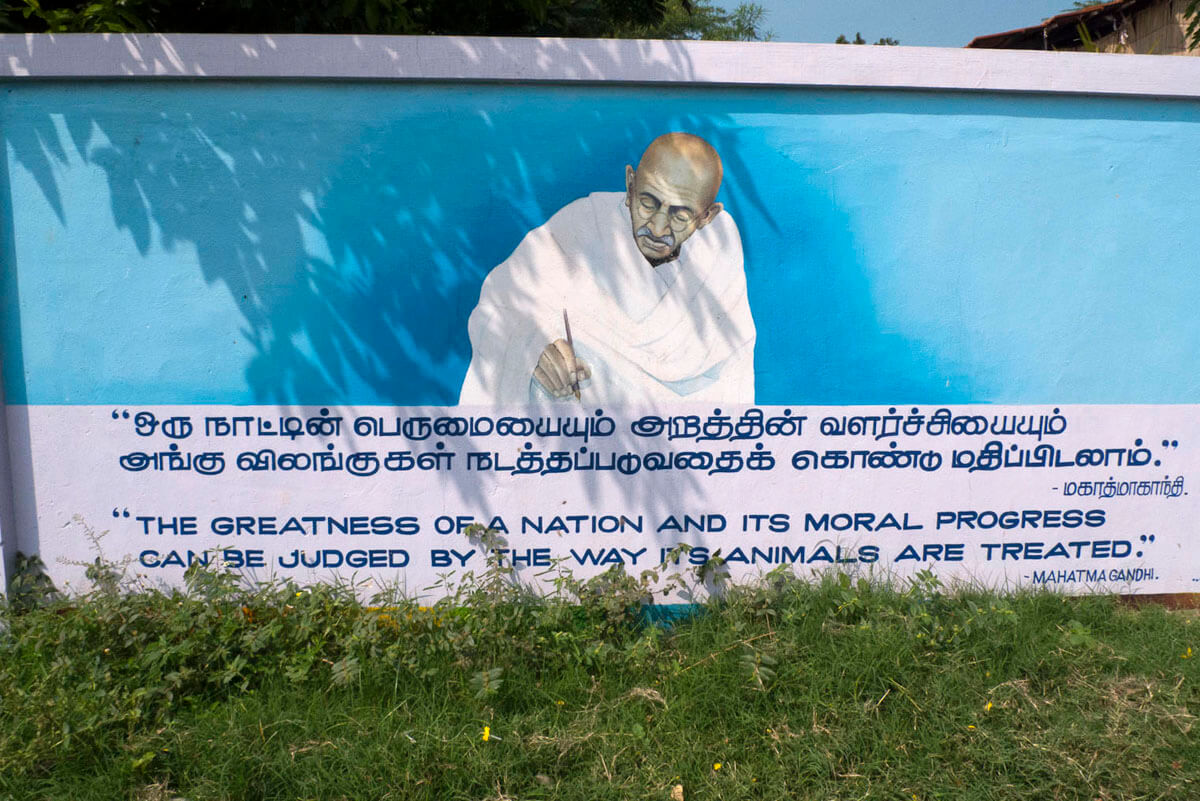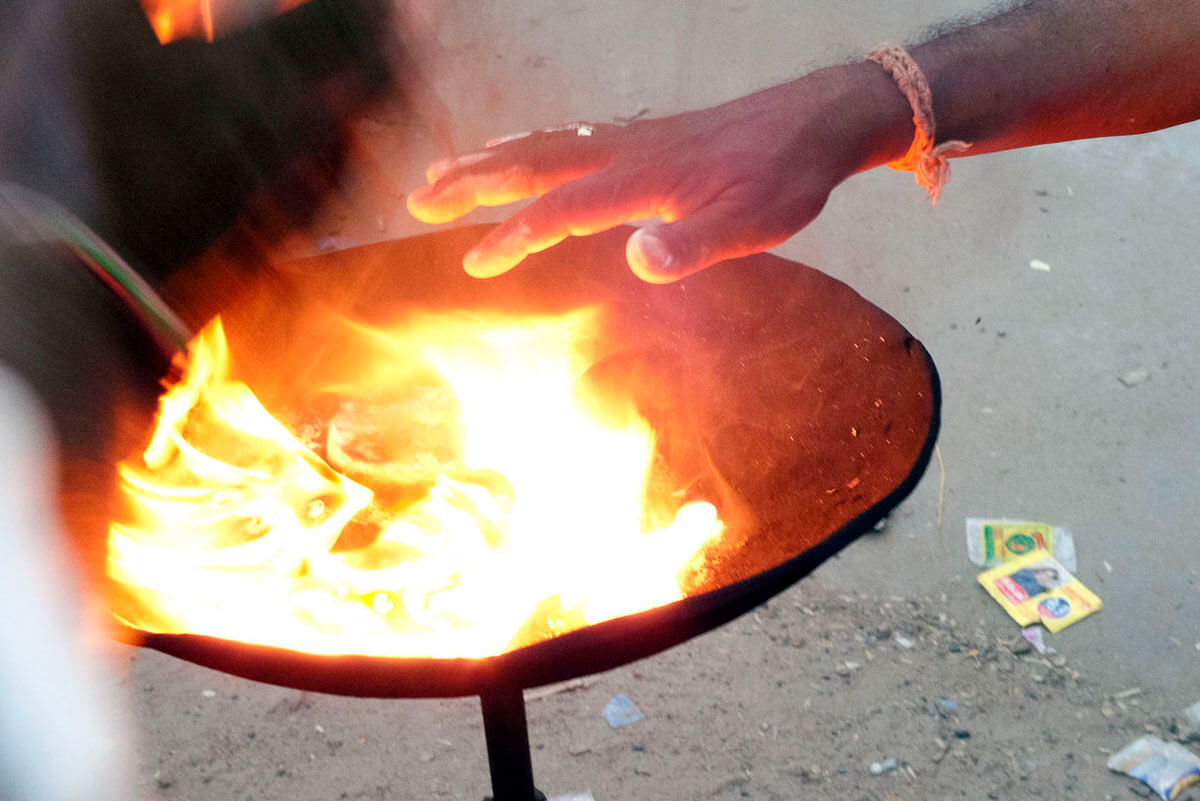....It’s a daunting task to try to distill the essence of The Upaniṣads (800-200 BCE),which are the foundational philosophical texts of Hinduism and played an important role in the development of spiritual ideas in ancient India, marking a transition from Vedic ritualism to new innovative ideas in terms of philosophy and practice. They are divinely revealed philosophical teachings that search for the ‘truth’; the reality underlying the world of manifest reality of experience.
....The Vedic Age spans 1500-500 BCE. As the indigenous Dravidians migrated eastward there was an influx of other people – Aryans, – or ‘Noble Ones’ in Sanskrit, belonging to an Indo-European language group, who came over the mountains from Asia around 1500 BCE, first settling in the Indus River, and then moving into the passes of the Hindu Kush, before spreading across Northern India.
In South India there is a lonely hill that is revered in Hindu sacred tradition and legendary history. My travels in Tiruvannamalia, India, take me to the heart of the Holy Mountain and the teachings of Ramana Maharishi.
The Mountain Path. I get up early after a noisy night of surreal dreams, eat an iddly breakfast and take a rickshaw to the Sri Ramana Maharishi ashram. It’s a beautiful morning to climb Arunachala.
Karma yoga, a lecherous pundit and Advaita satang in Tiruvannamalai
Giri Pradakshina is an ancient ritual where thousands of Siva devotees circumambulate Arunachala as an act of bhakti (love) for Siva and ultimate union with the Self. While it can be done at any time, certain times are considered more powerful. New Year’s Eve is particularly auspicious this year because it’s full moon, blue moon and lunar eclipse.


